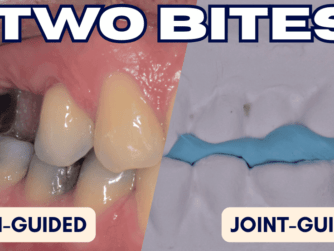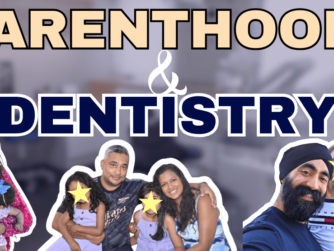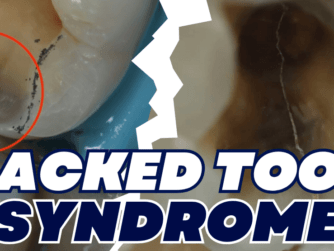Podcast: Play in new window | Download ()
Subscribe: RSS
I am joined in this 2 part Episode by Dr Tif Qureshi, the undisputed ‘King of ABB’ (Align, Bleach, Bond).
We really and truly geek out over the Dahl Technique over the 2 episodes. There were just WAY too many gems to cram in to one episode, and not all of it was about Dahl!
This episode (Episode 16) focuses on:
- The prestigious award that Dr Qureshi recently won
- Importance of long term follow ups for your learning as a Dentist
- Why you should not chase the big ticket treatment
- An interesting reason why Tif is not chasing new patients
- Are young associates moving job positions too frequently?
- Why the patients that are referred to you are special
- The Dahl Technique as an interceptive treatment modality
- Who is the ideal patient for the Composite Dahl Technique?
- Would you ever do the Dahl technique straight to Ceramic?
- At what point does a Toothwear case become a Full Mouth Rehab instead?
- What is the maximum recommended amount of anterior toothwear you should restore predictably with Dahl?
- How Tif uses Dahl principles to approach a Full Mouth Rehabilitation
The next episode will be more focused on the clinical side of the Dahl technique.
I promised you a good resource where you can read in-depth about the Dahl technique – as in this episode I assumed you had a basic grasp:
BDJ Article about Dahl Technique
If you found this useful, tell another Dentist!
UPDATE: Dr Michael Melkers Occlusion Course has been moved to November 27th and 28th 2020!
Reserve your seat at Occlusion2020.com for Dr Michael Melker’s signature 2 day course
Listen to the Episode with Dr Michael Melkers








[…] nothing about the Dahl technique, you totally need to listen to the episodes with Tif Qureshi on Dahl Part 1 and Part […]